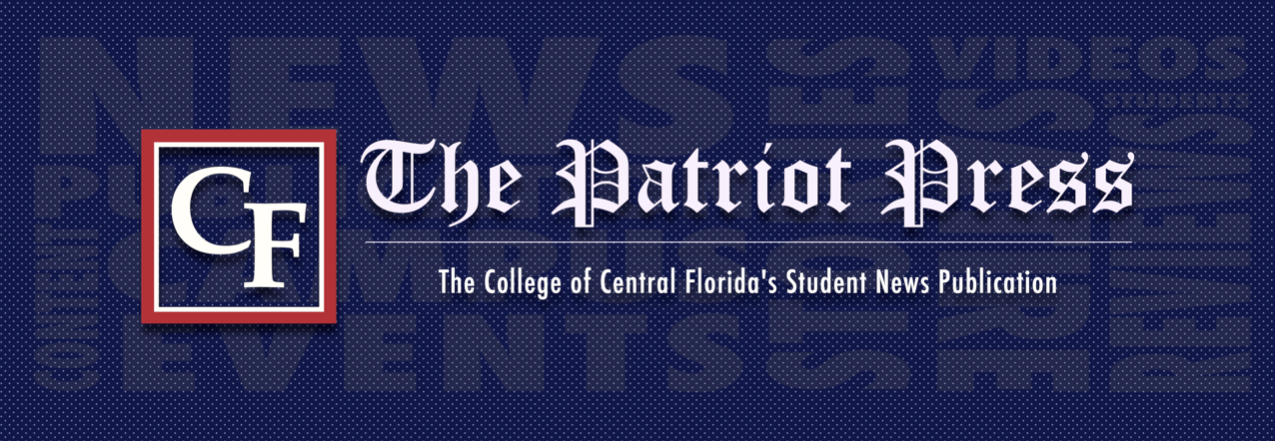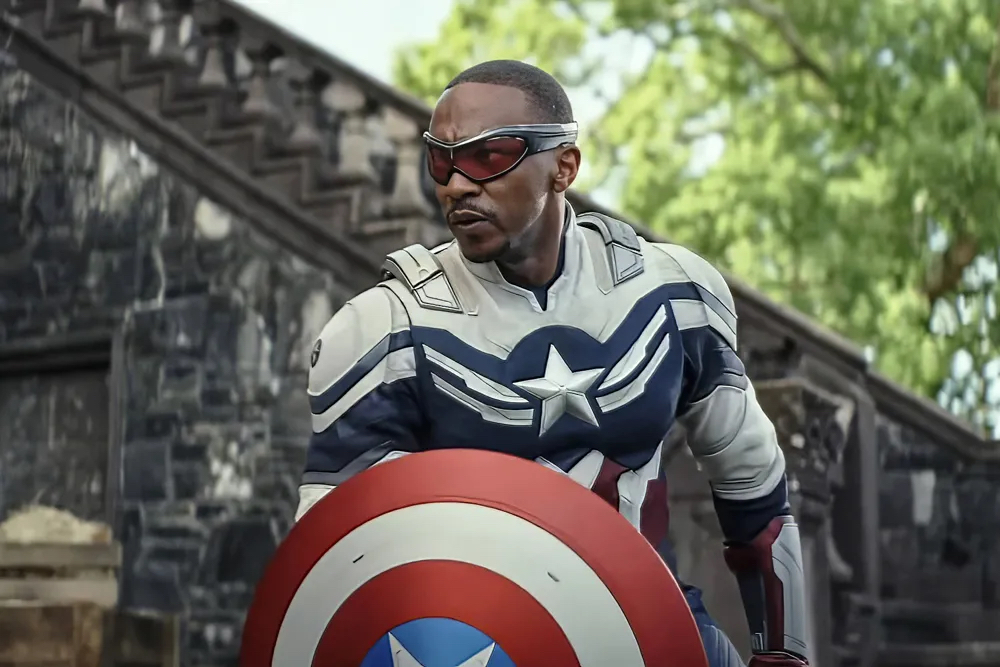The Marvel Cinematic Universe has experienced shifts in audience and critical reception in recent years. Major releases such as “Ant-Man and The Wasp: Quantumania” and “The Marvels” have underperformed at the box office. Despite some relatively recent successes such as “Spider-Man: No Way Home” and “Deadpool and Wolverine”, audience sentiment toward the brand is not what it used to be.
Continuing with that trend, the latest installment in the franchise, Captain America: Brave New World, has received mixed reactions. On the review aggregate site, Rotten Tomatoes, the film has a 49 percent critic score, putting it among the lower-rated entries in the franchise’s history. CinemaScore, which polls audiences directly after they see a movie, has given the film a “B-minus” rating, the lowest ever for a Marvel Studios film.
However, after seeing the film, I think these reactions are a bit unfair. Brave New World is not a “great” movie in my opinion, and it’s not the savior the MCU needs. But I also don’t think it’s a bad film either. I believe it is strictly a “good” movie, albeit one that makes odd directorial and writing choices that have me feeling mixed.
The biggest strength of Brave New World is its main cast. This is the first film in the MCU where Anthony Mackie’s Sam Wilson uses the mantle of Captain America. While he carries a different charm than Chris Evans’ portrayal of Steve Rogers, Mackie’s charisma makes him a delight to watch in a leading role. He’s comedic, chill and fun, while also having the heartfelt sincerity one would expect from Captain America.
Also headlining the cast is Harrison Ford, taking over as Thaddeus Ross from the late William Hurt. The transition between actors is noticeable, and while the film does attempt to subtly reconcile the two performances, the result felt a bit awkward for a longtime viewer. Despite this, Ford did an excellent job in his own right. He’s able to humanize Ross in a way we’ve never witnessed on screen before, giving us a unique insight as the character is elected to the position of U.S. president.
The supporting cast is, however, felt less developed. While Danny Ramirez’s Falcon is a suitable sidekick to Mackie’s Cap, he came across as a walking military recruitment ad more than anything else. Giancarlo Esposito appears as Sidewinder, a secondary antagonist whose role was seemingly a late addition during the film’s extensive reshoots. While these characters contribute to the narrative, their potential feels somewhat underutilized.
The story is essentially split between the perspectives of Sam and President Ross as they navigate a political conspiracy. While the conflicts and themes presented never reach the levels of intrigue seen in its predecessors, The Winter Soldier and Civil War, it still makes for a solid, character-driven narrative. In some ways, that tighter focus on character gives it a more personal and relatable feel than past entries. Yet, there are some odd choices, particularly during the climax, that prevent their arcs from reaching their full potential.
An interesting positive about the story is that it felt surprisingly standalone. For a franchise commonly critiqued for its overwhelming baggage of continuity, Brave New World feels mostly self-contained. As with any sequel, there are some “easter eggs” that feel more rewarding for those who have watched the prior films and television shows. For instance, the movie contains pay-off for events seen in “The Incredible Hulk”, an early MCU entry that’s been largely ignored after its lead actor, Edward Norton, was recast with Mark Ruffalo in subsequent films. “The Incredible Hulk” has largely been overlooked in the broader MCU, but it provides sufficient context for viewers unfamiliar with that entry.
The film’s cinematography takes an unconventional approach. Many scenes use tight framing, which can create a sense of spatial limitation while incorporating dynamic angles. Whether this choice was driven by budget considerations or artistic intent is unclear. This leads to greater visual highs than many previous MCU films, but without the consistency projects like the original Captain America trilogy offered. For instance, there were certain “calmer” parts where this style stunned visually, especially during the film’s cold opening where Ross is elected President. In more action-heavy sequences, however, the look felt limited and cheap.
On the ride home from the theater, my father commented that it looked like a “90’s action movie”, which I can’t help but feel is true to some degree. Whether this is a good or bad thing will likely come down to personal preference.
Ultimately, audience reception will likely depend on those individual expectations and preferences. “Captain America: Brave New World” does have glaring holes, but it was a solid first entry in Sam’s tenure as the star-spangled Avenger and an all-around good time.




